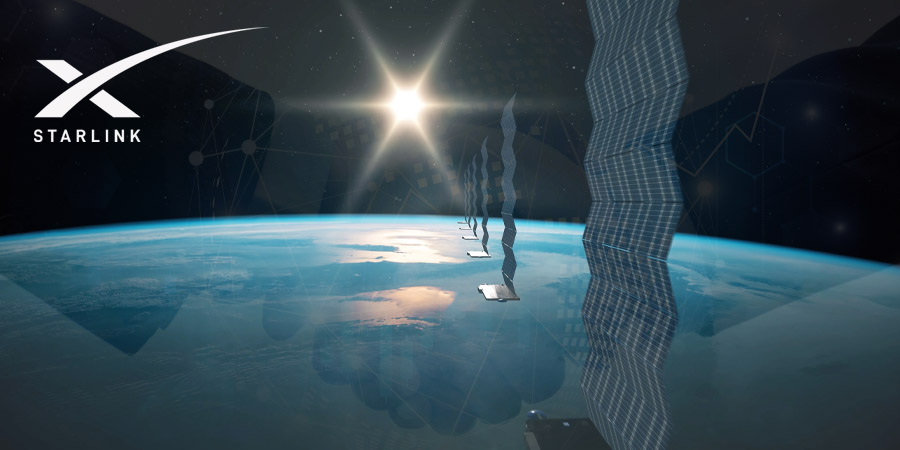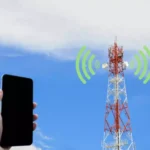
Imagine being able to text your friends from a mountaintop, check weather updates in the middle of the ocean, or call for help when hiking deep in the wilderness—without needing a single cell tower nearby. That’s exactly what Starlink’s Direct to Cell service is aiming to make possible without any special hardware. Just your phone.
So, What Is Starlink Direct to Cell?
Unlike traditional satellite phones (which are expensive and bulky), this service connects ordinary smartphones directly to Starlink’s satellites. It works by using standard LTE and 5G bands through a tech called eNodeB. That means your phone can connect to space the same way it would connect to a cell tower—just with a much higher reach. Most newer phones within the last couple of years will be compatible. You just need see if you’re phone has satellite connectivity as a feature.
Currently the service is limited and will rollout will happen in stages:
- 2024: SMS text messaging in areas with no cell coverage
- If your phone goes into S.O.S. mode, it will prompt you to connect to a satellite. You might need to be outside and point a certain direction that your phone directs you too
- 2025: Voice calls and basic data (perfect for emergencies or simple browsing)
- Speeds will be comparable to 2G or 3G at first—so not Netflix-ready, but solid for texts and emergency info. Latency will be higher (think 40–100ms), and capacity per satellite is limited, so performance might vary depending on how many users are connected.
- Later: Support for IoT devices like trackers and remote sensors
T-Mobile is the first major partner in the U.S., so if you’re on their network, your phone will switch seamlessly between towers and satellites—no settings to mess with. If you’re on a another carrier, you can apply for a free trial here and try it out yourself.
Who’s It For?
This service could be a game-changer for:
- Adventurers: Hikers, campers, and explorers who want to stay connected
- Rural residents: People with poor or no cell service
- Maritime users: Boats and ships staying in touch far from shore
- First responders: Reliable backup communications in disaster zones
- Remote travelers: Coverage along highways and isolated roads
What About Costs?
T-Mobile is including basic texting in its unlimited plans at no extra charge. Voice and data will come later, likely as a premium add-on. Other carriers are expected to join in down the road. They will all likely have their own launch dates and charges so keep an eye out.
The Bigger Picture
Starlink isn’t the only player—companies like AST SpaceMobile and Lynk Global are working on similar satellite-to-phone services. But with its existing network of satellites and SpaceX’s momentum, Starlink is ahead of the pack. Starlink Direct to Cell isn’t here to replace your regular carrier—it’s here to fill in the gaps. Whether you’re off the grid or caught in a crisis, this service could be a lifeline. In the end the sky’s no longer the limit—it’s the signal.




